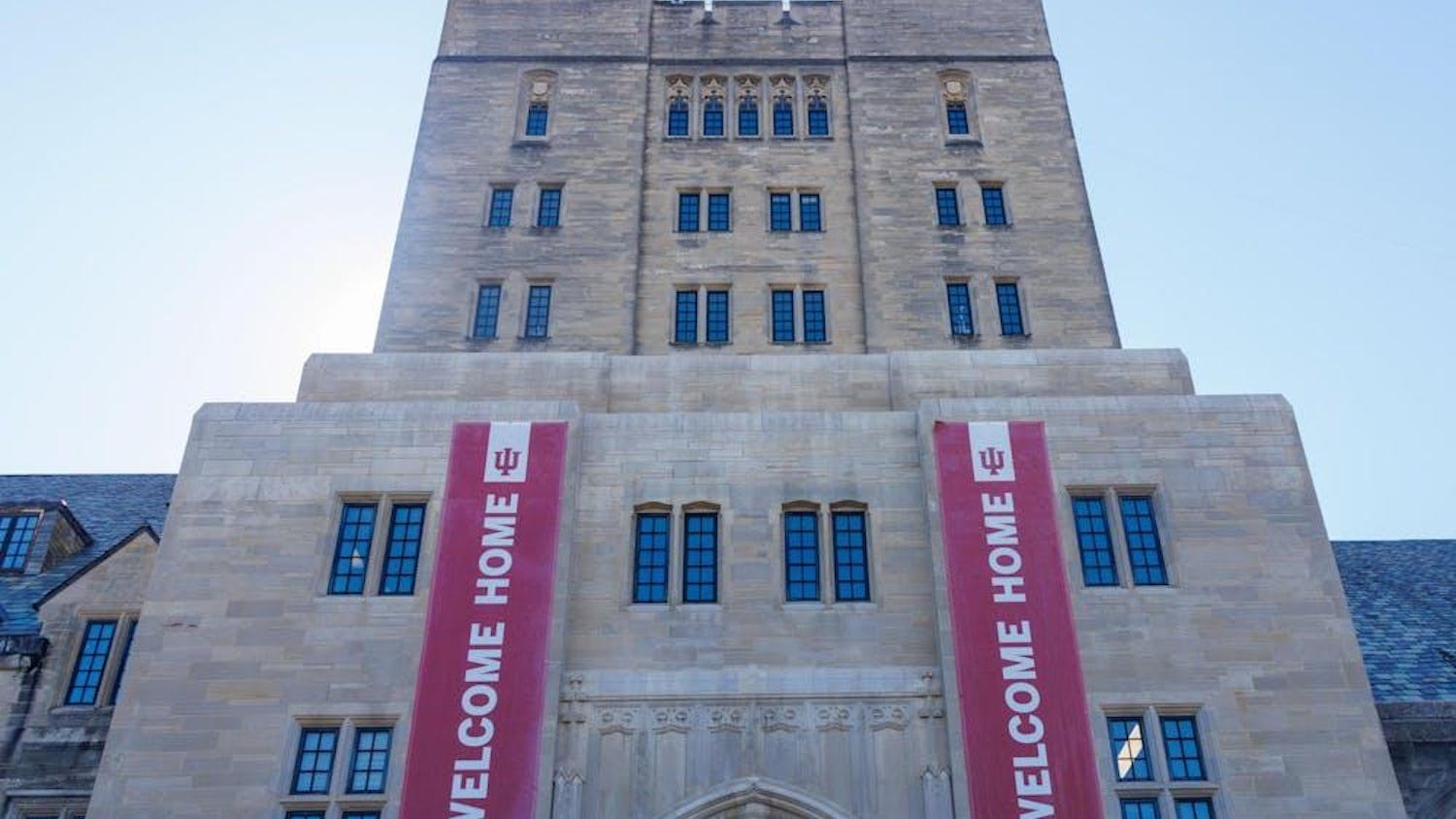It could be said the average student’s primary concern during college would be how to take their degree into the real world.
Robyn Mucasey, a junior studying at IU’s Henry Radford Hope School of Fine Arts, said she is worried about the unpredictability of what her degree can do for her in the future.
“I think a lot of students like me are worried,” she said.
Fortunately for students like Mucasey, the Strategic National Arts Alumni Project recently released a study that might ease arts students’ worries.
The SNAAP study, titled “An Uneven Canvas: Inequalities in Artistic Training and Careers,” surveyed more than 65,000 arts alumni of all ages from 120 institutions in the United States and Canada.
The study focused on the impact gender, race and socioeconomic status have on the quality of a graduate’s professional arts career.
In addition to these findings, however, the study concluded “arts graduates are overwhelmingly satisfied with their ability to be creative at work” and 92 percent of first-generation students and 89 percent of black and Hispanic graduates are satisfied with their ability to be creative as a primary source of income.
Sally Gaskill, director of SNAAP, said the study could act as proof that alumni of arts schools are satisfied with careers.
“They are happy with their careers despite lack of pay,” she said.
According to the press release, “a postsecondary arts education affords some unique advantages for women, minorities and disadvantaged students.”
Despite the fact the study lists some benefits of arts-based careers — nonexistent pay deductions to women for having children and dependents — there is still a significant hurdle that has to be overcome.
While Gaskill said alumni are pleased with their careers, the study revealed income earnings are decreasing.
According to the SNAAP study, there is a downward trend in the percentage of arts alumni earning more than $50,000 per year.
There is also a somewhat large difference between male and female arts graduates’ annual earnings.
The data show 67 percent of male arts graduates in 1982 and earlier made $50,000 a year, when only 46 percent of female arts graduates made the same amount yearly.
Data drawn from the years 2008 to 2011 show just 20 percent of males in arts professions earning $50,000 per year and an even smaller 10 percent of female arts graduates making $50,000 annually in art careers.
For students such as Mucasey who haven’t had the chance to be settled in a career yet, these numbers discourage her, she said.
“I want to make money,” she said, laughing.
She said graphic design is all the school offers as far as marketable majors are concerned.
Mucasey said she eagerly wants to see more career advisement at the fine arts school at IU as well.
To be specific, Mucasey said she wanted a place to go where someone will tell her, “Here’s what you can do with the art degree.”
Uncertainty, she said, was what she thought prevented students from seeking out a fine arts degree.
“I think the arts are really important, but we really don’t know what to do with it,” she said.
By bringing the SNAAP study information to the public eye, Gaskill hoped the study would have a positive effect with the student body.
To make up for the lowering income of graduates, schools are starting to focus more on the connection between art and business, Gaskill said.
“Arts schools are doing a good job of teaching skills to be used in the workplace,” she said.
For more information about the SNAAP study, visit snaap.indiana.edu.
Study finds arts degrees advantageous for certain groups
Get stories like this in your inbox
Subscribe





